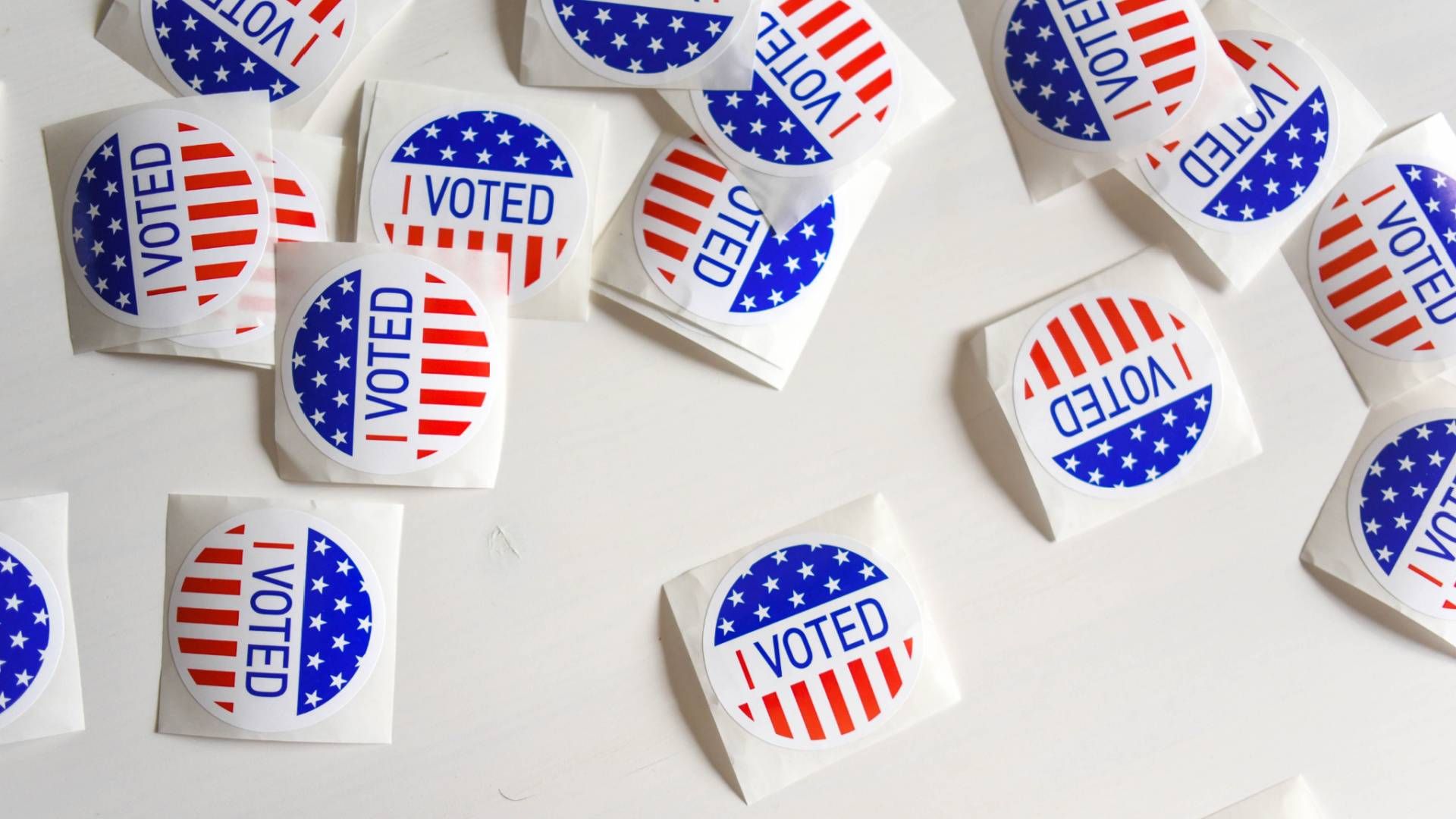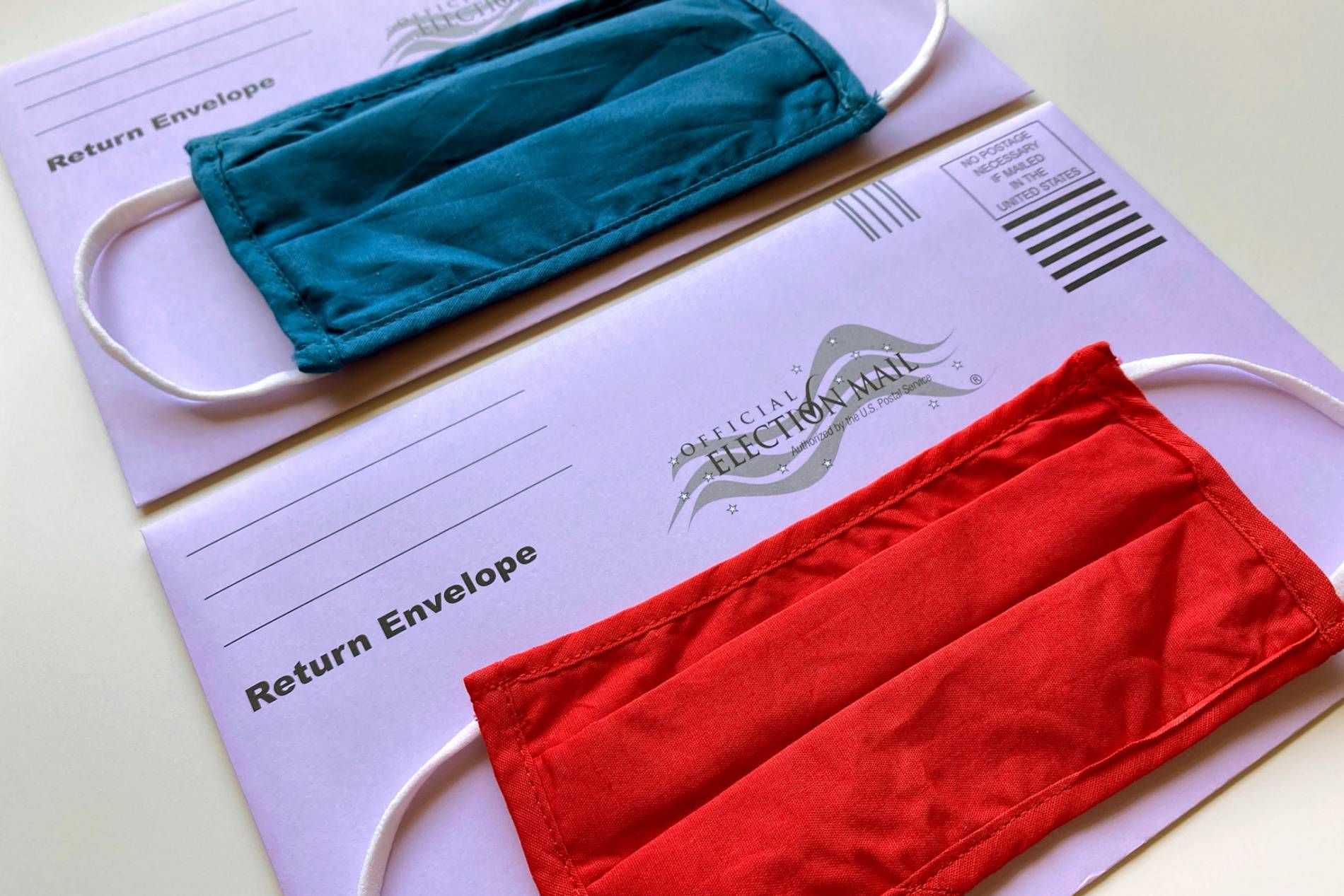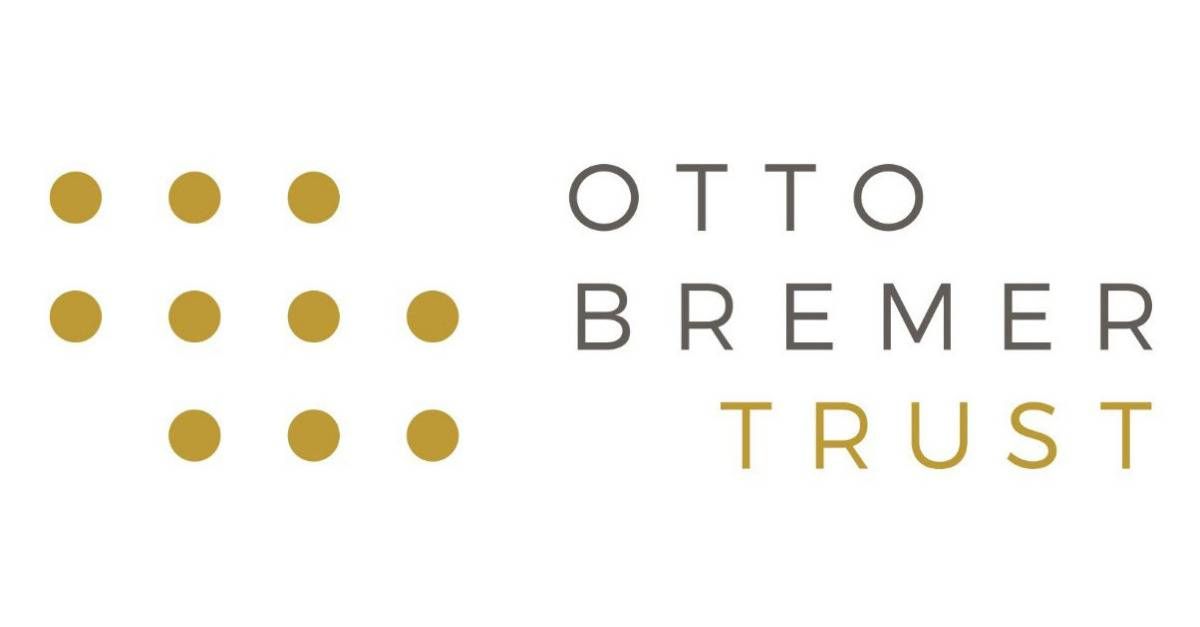Can voting by mail end voter suppression?

Minnesotans love to vote - at least on paper. Consistently, Minnesota is ranked as one of the top – or the very top – when it comes to voter participation. Protections for voters and efforts to make voting easier may be contributing factors to Minnesota's consistently high voter turnout rates, from becoming the first state to allow same-day registration in the 1970s to guaranteeing citizens the right to take time off of work on election day without loss of pay.
But, like so many other aspects of life in Minnesota, voter turnout numbers differ between white voters and voters of color. In other words, in Minnesota, a person's race may be one of the strongest indicators of whether or not they will vote.
A History of (White) Voter Participation
According to the U.S. Census Bureau, 89.2% of voting-age Minnesotans who identified as white voted in the 2016 presidential election, compared to just 4.3% of Black voters. That disparity may be due – at least in part – to systemic inequities, and even willful attempts to undermine and dilute the rights of voters of color – efforts collectively referred to as voter suppression.
A Hidden History of Suppression
Voting in the United States has changed drastically throughout the nation's history. Eligibility was initially only granted to white, male, property owners, excluding non-white men, the poor and women from the democratic process. Slowly, groups of citizens were granted the right to vote: men over the age of 21 (14 Amendment, ratified in 1868); all men regardless of race (15 Amendment, ratified in 1870); and women (19 Amendment, ratified in 1920).
Still, the right to vote has repeatedly been challenged by efforts like literacy tests at the polls, last-minute polling location changes and redistricting. Currently in Minnesota, another group of people do not have the right to vote: those who have felony convictions and are either incarcerated, or who have been released and are serving probation in the community or are under supervised release.
According to David McKinney, staff attorney with the ACLU of Minnesota, felony disenfranchisement affects more than 52,000 Minnesotans and counting.
"Voters who are living and working in the community, but who have a felony conviction and who are on supervised release are not able to vote," McKinney said. "And that disenfranchisement scheme has a disproportionate impact on communities of color, particularly Black Minnesotans and Native American or American Indians in Minnesota as well… The same racial disparities that plague our criminal-legal system ultimately result in widespread disenfranchisement of persons of color. Black Minnesotans make up 4% of Minnesota's voting-age population, but more than 20% of disenfranchised voters. Indigenous people comprise less than 1% of the population, but over 7% of disenfranchised voters."
And while Minnesota has historically had a relatively low level of incarceration compared to other states, the rate of probation is significantly higher than the national average – and the length of probation was also higher.
Leane LaFrance knows firsthand what it feels like to be denied the right to vote, having spent five years incarcerated and another seven years on parole.
"When I was on parole, I couldn't travel internationally, I couldn't get a passport, I couldn't vote," LaFrance said. "There were a lot of things that stood in the way of me living my life. But I was able to buy a house, I was able to be professionally licensed by multiple licensing boards… I am part of the community to the extent that I can do all of these things, but I can't vote. I can't travel. And it can get really self-defeating."
LaFrance now works as a Licensed Alcohol and Drug Counselor, working with clients who have also been incarcerated and some of whom are still on parole and cannot vote. She hears from clients who are not only disenfranchised, but who are also disillusioned. LaFrance acknowledges that overcoming barriers to voting begins with education, even in her own home. While she was still on parole and enrolled in college, LaFrance learned about the importance of voting and getting re-engaged with systems of democracy. When she works with clients, she acknowledges that they have been disenfranchised and doesn't sugar-coat it.
"Education is so important to helping people understand the system, and yet they've spent their entire lives in one form or another being ignored within systems of care that should have been there for them. And it's really hard for anyone to help someone see past that pain, to feel empowered that their voice matters. I mean you're talking about people like me who didn't have a voice."
McKinney agrees.
"As you start to disenfranchise people, it starts to set in as a sort of norm in which people just accept the fact that they are not able to vote and then thus don't take action or steps to do so. It's a really insidious system in that regard because once people are disengaged, it's hard to reengage them into a system – a system that, quite frankly, even if they get engaged in, they still have to overcome a number of hurdles to actually exercise their right to vote. The fact that it's on a week day, the actual election day, means that by its very nature is going to provide some barriers for people, particularly people who don't have flexibility in jobs and security in childcare and we know those issues disproportionately affect communities of color."
Voting by Mail
During this election cycle, which has been unlike any other, voting looks a little different as more people turn to early voting and voting by mail, in addition to in-person voting on election day. But with an increase in options come some additional questions.
Heather Bestler is the Deputy Director of Elections for Ramsey County, Minnesota's second-most populous county. She explained some of the differences COVID-19 has necessitated for voting this year:
"There are so many ways you can vote right now: You can vote in person, you can vote by mail, you can return it via mail or in person, you can have someone else return it for you, you can have an agent… seven days before the election, an agent can come and get your ballot and then they can return it for you. If you're in a healthcare facility, the law provides for numerous ways to cast your absentee ballot that way. So I think that any time that there's more tools in the toolbox, it definitely makes it more accessible. And Minnesota has done a great job of making a lot of tools available."

McKinney agrees that voting by mail may be one way to make voting possible for more people.
"States throughout the country and in Minnesota have all figured out how to do this really well, really safe, and to do it in a secure manner and so it really does make sense. And, of course, it's a lot more accessible than having to set aside one particular day in which you have to be there to vote. It's a really great option."
And yet, the ACLU of Minnesota filed a lawsuit on behalf of several individual plaintiffs and the NAACP, in part because absentee ballots are not sent to all registered voters unless requested.
"The NAACP views the issue as a racial justice issue," said McKinney, "both in terms of the potential to re-enfranchise or enfranchise their voters, as well as the racial justice issue in the sense that, under this current condition in which COVID is taking the lives disproportionately of people of color, the safe and effective means of voting by steering people to mail-in voting could address some of those issues."
Looking Ahead
Although voting by mail may be a pragmatic solution during COVID, Leane LaFrance has other plans.
"This year will be the first actual presidential election I get to vote in," said LaFrance, who plans to vote early and in person with her husband. "To fully be able to engage and exercise in that, you know, for me, it's pivotal."
Editor's note: As of October 30, 2020, the Minnesota Secretary of State's office recommends that voters DO NOT send in their ballots by mail because a recent court ruling states that ballots received after November 3 will not be counted. Instead, you can either deliver it by hand to an election office or official drop box. You can also vote in person on or before November 3.

This story is part of the digital storytelling project Racism Unveiled, which is funded by a grant from the Otto Bremer Trust.
A historic number of people is expected to vote by mail this November 2020, yet a top election official says that Minnesota might not look all that different. Political reporter Mary Lahammer interviewed Joe Mansky, who worked for decades in state and local elections offices, and agrees that the amount of national attention Minnesota is seeing in the presidential race is unusual.
Minnesota has a history of electing third-party candidates into office. Almanac Political Reporter Mary Lahammer examines the status of third-party politics in the state, noting that Minnesota's major parties now include two marijuana parties that both managed to meet the threshold of 5% of the vote in a statewide race, something many learned with the passing of a congressional candidate.
A surge of minority voices has responded to the police killing of George Floyd. In the weeks since Floyd uttered, "I can't breathe," as ex-Minneapolis Police Officer Derek Chauvin pressed down on his neck, a new collective of individuals is taking action by running for office, engaging in politics and stirring change among youth. But is the momentum a movement or a moment?
